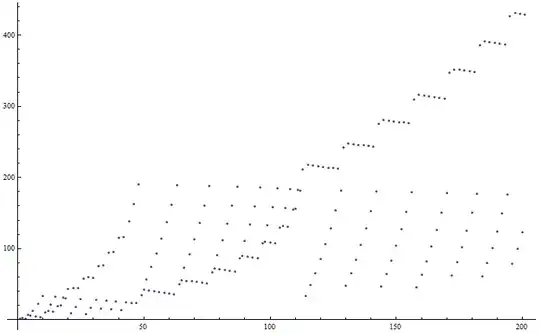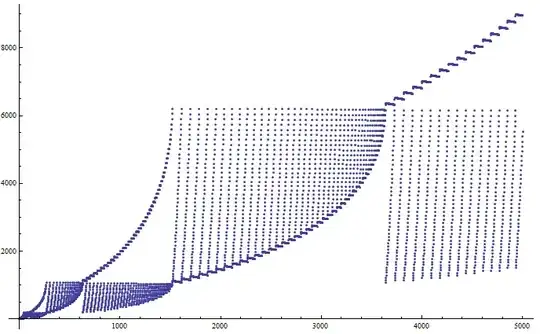An infinite sequence of pairwise distinct numbers $a_1, a_2, a_3, ...$ is defined thus: $a_n$ is the smallest positive integer number such that $\sqrt{a_n+\sqrt{a_{n-1}+...+\sqrt{a_1}}}$ is positive integer.
Prove that the sequence $ a_1, a_2, a_3, ... $ contains all positive integers numbers.
My work:
Let $a_1=1$. Then $\sqrt{a_2+1}$ is positive integer and $a_2$ is the smallest positive integer then $a_2=3$.
Then $\sqrt{a_3+2}$ is positive integer and $a_3$ is the smallest positive integer then $a_3=2$.
Then $\sqrt{a_4+\sqrt{a_3+\sqrt{a_{2}+\sqrt{a_1}}}}=\sqrt{a_4+2}$ is positive integer and $a_4$ is the smallest positive integer and $a_4\not=a_1,a_2,a_3$ then $a_4=7$.




